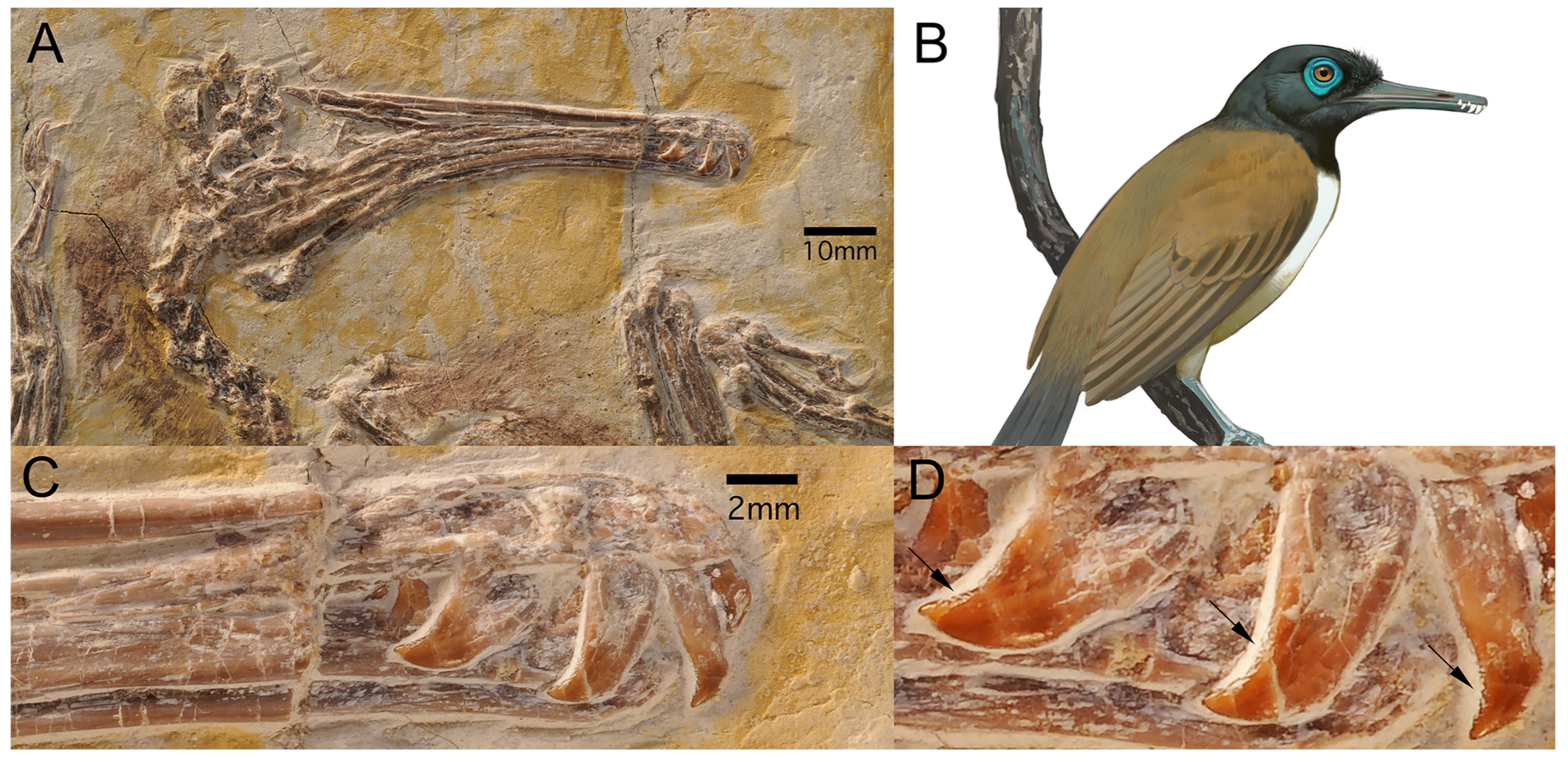Throughout the history of life, all living things have faced evolutionary pressures. Overtime, genotypic responses (i.e., successful genes) reflect these pressures by producing subsequent phenotypic changes whether they be plumages, colors, shapes of appendages and even behavior. Using multiple lines of qualitative and quantitative reasoning, predictions of diet, behavior, and ecologies, are possible for organisms that went extinct millions of years ago. My interests are broad, with taxa including non-avian theropods, pterosaurs, Mesozoic birds, and Cenozoic birds. Arboreal, scansorial, cursorial, and other specific ecological behaviors typically yield similar structures in organisms due to similar evolutionary pressures. Think of it this way; the bones are the book that the paleoenvironment wrote and I’m trying to learn the language. Currently, I am researching better methods for predicting the ecologies and ethologies of extinct Mesozoic bird groups using ecomorphology and quantifiable trends seen in extant taxa. (Photo from Clark et al., 2023).
Most are familiar with the biological law of evolution by natural selection, but alongside this primary pressure of “survival of the fittest”, is socio-sexual selection. This type of pressure emphasizes the development and morphology of physical attributes that an organism displays either to members of the same sex (generally referred to as social selection) or opposite sex (generally referred to as sexual). I am interested in assessing how environmental, interspecific, intraspecific, and dietary preferences influence the appearance of these features in extinct taxa, specifically in the plumages and crests of avian and non-avian dinosaurs. Clearly, groups like the enantiornithines (extinct group of Mesozoic birds) emphasized elaborate plumages throughout their evolution, likely for socio-sexual purposes. Similarly, non-avian theropods likely evolved certain morphologies, not for functional use per-se, but for display. The ultimate goal is to produce progeny, and both defeating rivals and securing mating rights allow that to happen, both in extant and extinct taxa. (Photo from the collection of the Carnegie Museum of Natural History - Chiroxiphia linearis).
Socio-sexual Signaling in Extinct Taxa
Reconstructing Dietary Regimes and Ecologies of Extinct Taxa
Museums across the planet are filled with specimens that offer the opportunity to quantify evolutionary similarities and differences in extant taxa occupying similar ecological niches. I really enjoy gathering data from the collections therein. Morphology is limited by both the evolutionary history of the organism as well as the pressures put upon it, but the solutions that taxa evolve in order to better succeed in their ecologies (technically, better success in creating progeny) is astounding, and typically remarkably similar. Some previous topics of interest have included quantifying rostral ratios in various bird ecologies, examining canine morphologies in durophagus felids, and using dental morphologies in chiropteran among several ecologies to aid in diet inferences. Each specimen, whether it be a skin, skeleton, or skull, represents an individual that once lived and I deeply appreciate the opportunity to learn more about them and the stories their remains tell. (Photo from Clark and O’Connor, 2021).
Comparative Anatomy - both extant and extinct
To better understand how animals move and importantly, acquire food, an in-depth look at their internal anatomy is required. When we do this, we start to see how their internal structures like bones and muscles differ between species, even when closely related. We are able to then see how the differences in the internal create the variety of foraging strategies and movement-types externally. When we understand how these systems work in living species, it then allows for stronger predictions of how extinct forms of life move and perhaps foraged, even when all we have are the bones. Illustration by Samantha Clark (Illustration from Clark et al., in review).
Anatomy and Biomechanics



